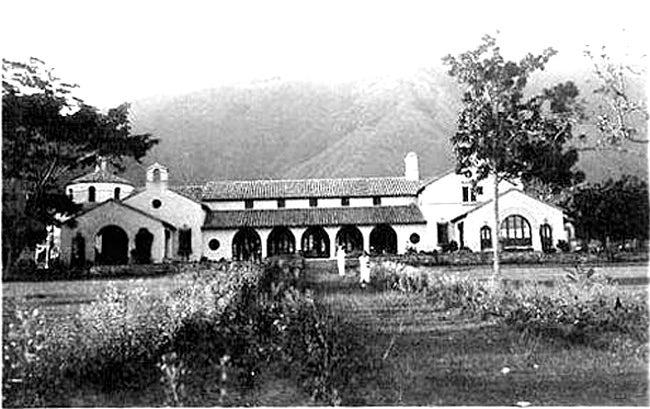The history of coffee in Venezuela dates back to around 1730, when Capuchin missionaries brought the seeds from Brazil. From that moment on, coffee spread throughout the territory, from the east to the west.
In Caracas it was sown for the first time in 1783-84 and the first cup was taken in 1786 at the Blandin hacienda, which today is the Castellana y el Country Club. The Bartolomé Blandin farm, dating from 1929, is today the home of the Country Club.
Later, coffee cultivation expanded to the Aragua valleys, where at some point it displaced cocoa crops. It then spread to the Andes through Trujillo, Mérida and Táchira, and finally entered Colombia through Cúcuta.
The cultivation of coffee became a great driver of the economy and contributed to the establishment of urban centers, highways and ports, such as the port of Maracaibo.
One of the most important settlements was Santa Cruz de Mora, in Mérida, where Calogero Paparoni established the Hacienda La Victoria as a large profit center. From there, coffee and cocoa were sent to the port of Maracaibo.
The peak of coffee exports occurred in 1919, when Venezuela was already among the top 3 coffee producers worldwide, with Germany/Europe being one of the main importers.
Despite the reduction in exports, Venezuelan roasters continued to use the most prized varieties in blends such as Typica, Caturra and Bourbon, thanks also to a growing purchasing power that created a culture of good coffee in Venezuela.
After the 1950s, the oil industry began to gain relevance, displacing the workforce towards that sector and towards the big cities. Although exports were reduced, certain particular initiatives were successful towards what would be the beginning of quality coffees.
Caracas Blue, Cooperativa Quebrada Azul, Cooperativa Grano de Oro, Hacienda Carabobo, among others, are a few examples of friends who started the path towards quality.
Around 2005-2009, with price regulations, export regulations and expropriations, Venezuelan coffee disappeared permanently from the international scene. The little quality coffee that remained crossed the border into Colombia by unconventional routes.
Today, there is no defined profile of a cup of Venezuelan coffee, but a growing group of new entrepreneurs, with individual and institutional initiatives, have stoically persisted in the circumstances that today favor a rediscovery of Venezuelan coffee.
The need to open the economy, a prolonged period of high prices, institutional initiatives such as the Association of Special Coffees that promoted the change in the covenin norm and new groups with the capacity to export have allowed this new renaissance of Venezuelan coffee. In summary, the history of Venezuelan coffee is long and complex, but its aroma and flavor remain incomparable.

